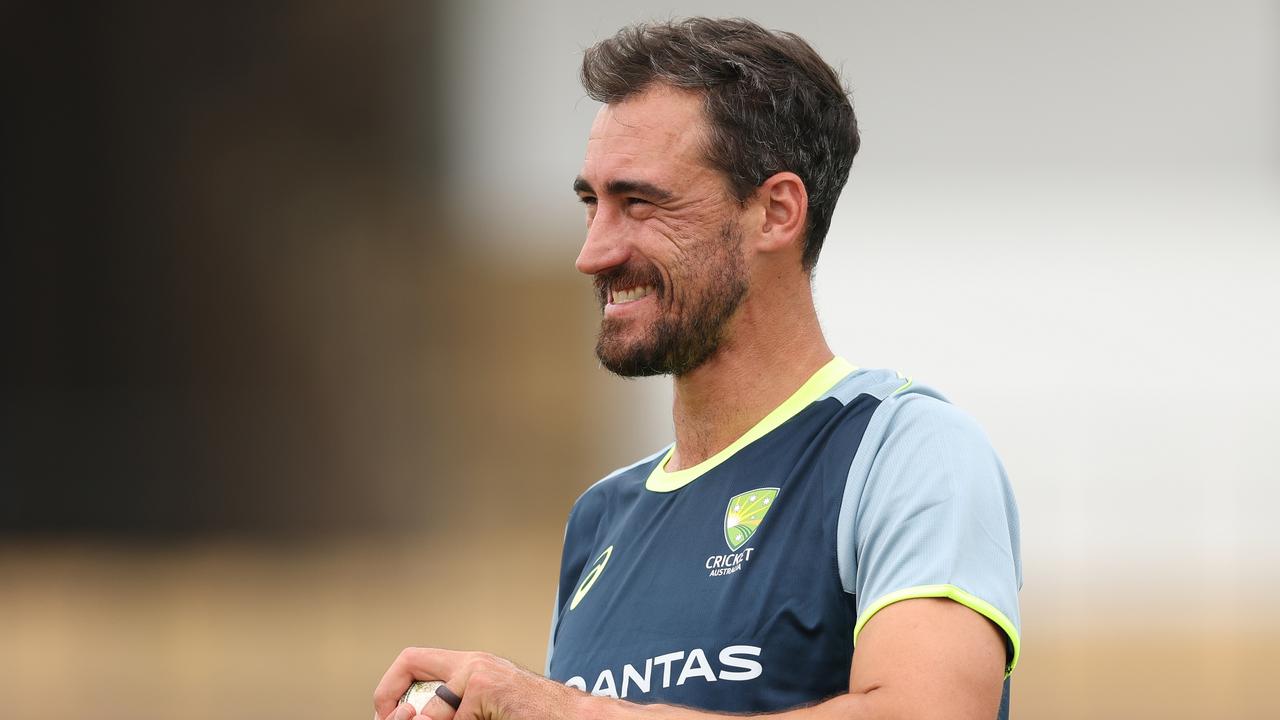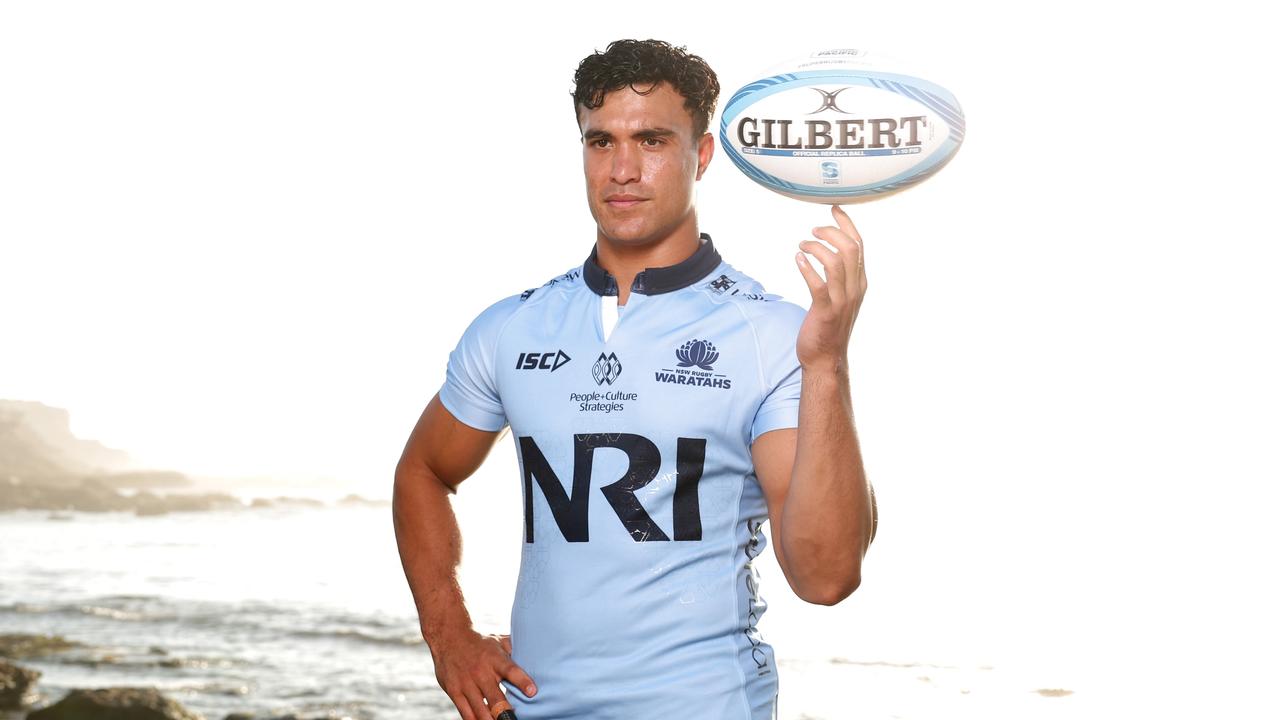Australian cricket’s lost generation: Why there needs to be an influx of new stars to continue tradition
Australia has fielded Test cricket teams with every player in their 20s. Next month there will be none. ROBERT CRADDOCK and BEN HORNE analyse Australia’s history of young stars and what happened to cricket’s lost generation.
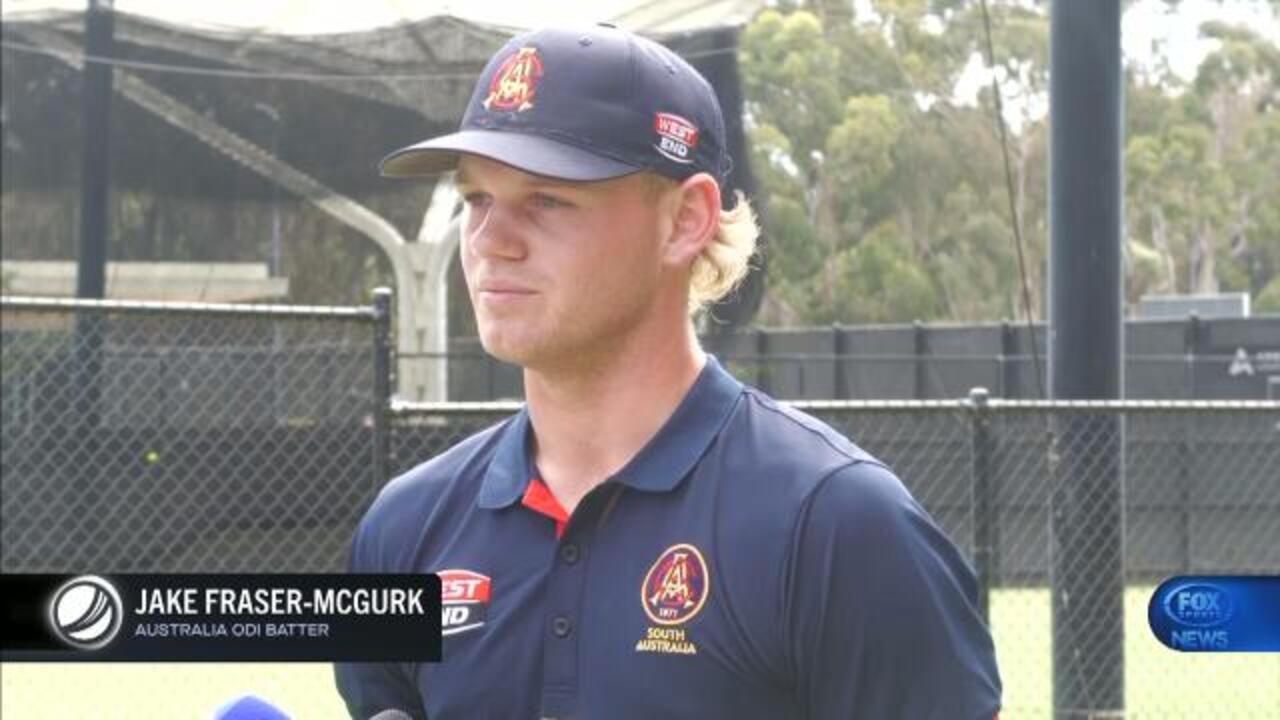
Sport
Don't miss out on the headlines from Sport. Followed categories will be added to My News.
Pat Cummins admits when he first wore a baggy green cap at age 18 he didn’t know what he didn’t know. But ignorance was pure bliss.
“When I look back I think a lot of things work in your favour when you’re young,’’ Cummins told this masthead.
“I was a bit naïve. I sort of felt in some ways less pressure being a bit younger. I felt lucky I got a chance really young. If you’re picked early it’s almost like the selectors and teammates are backing you in and you go alright … let’s go. ‘’
Go he did. Like a cricketing Peter Pan.
Cummins Test career roared to life with the fearlessness of unshackled, unscarred youth in a stunning debut against South Africa.
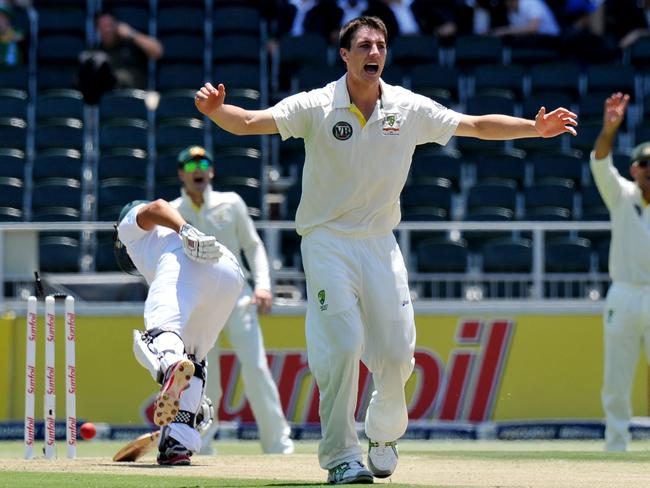
He was 13 not out when Australia squeaked home by two wickets in Johannesburg,a victory he set up with a rampaging six-wicket second innings haul.
The injury-induced turmoil that followed meant there was a six-year gap between Cummins’ first and second Tests, but his rampaging debut remains timeless proof that romance can actually meet reality.
That all those old sayings like “if you are good enough you are old enough’’ and “kids have no fear’’ could actually spell out the truth and not some hazy dream.
They came true with Cummins and now Australia is asking itself whether the old mantras can work for 19-year-old batsman Sam Konstas who is jostling with a group of veterans for a place in the first Test team to play India in Perth next month.
It’s cricket’s version of The Young and The Restless and no-one – not even the selectors – are sure of what’s on the last page.
Unless 25-year-old Nathan McSweeney makes a surprise appearance in the top order, for one of the few times in recent history Australia will field a side in the first Test which will have no player in their 20s.
It’s neither a statistic to be proud or ashamed of – but it is extraordinary, a bit like assembling a group of life savers with none who have a sun tan.
The 10 players seemingly already inked in Australia’s Test side are 30 or older.
And the new opener is likely to be either Konstas or, on the other side of the great divide, Cameron Bancroft, 31, or Marcus Harris, 32, meaning no member of the side will be twenty something.
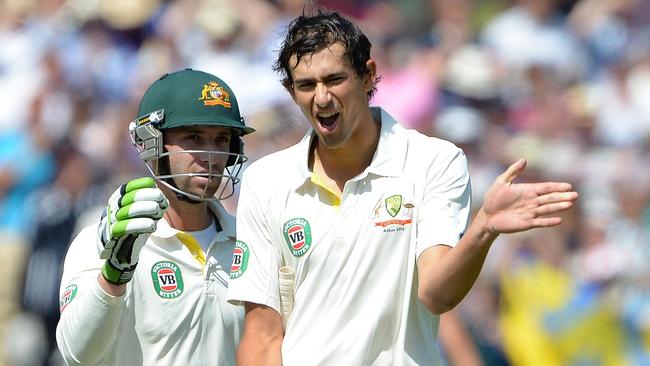
So that means of the thousands of local cricketers born between November, 1994 and November 2004, none will be in that Test team.
What happened to all our young cricketers?
It’s a multifaceted answer including the fact that the current team are very good, that modern treatment keeps them on the park longer, that younger generations prepare more for Twenty20 cricket and they lack the technical expertise and mindset for the long game in a society where a quick flick of a thumb can get you most things you need.
Former chairman of selectors Trevor Hohns points out times have changed since he was given frequently firm reminders by Cricket Australia’s board to keep an eye on the future.
The board had long memories of the dark abyss Australia tumbled into when Dennis Lillee, Rod Marsh and Greg Chappell retired together at the SCG in 1984 – and Australia didn’t win another Test series for four years which, at times for long-suffering fans, felt like four decades.
“It was part of our charter to take care of the future so you didn’t have all your senior players go out at the same time,’’ Hohns told this masthead.
“Times have changed. The board may not be worried (about that now). But the message was, at the appropriate time introduce younger players who deserves to be picked.
“The board were very mindful of what happened when Marsh and Lillee and Chappell retired together. They did not want it to happen again. They would mention it often at the meetings. They would say: ‘How is the future looking?’”
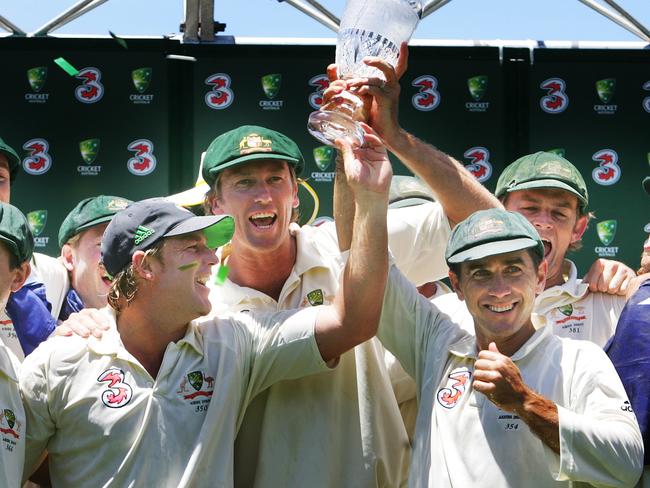
Australia swore it would never happen again but some things in life you cannot control.
When Shane Warne, Glenn McGrath and Justin Langer retired together at the SCG in 2007 Australia did not fall off the cliff but wobbled for a decade.
Australia may have some tap-dancing to do between generations because its next two heavy duty summers against India and England are time for selecting teams for the present. The future can wait.
Thing will get tricky if ageing members feel the pinch – as some of them surely will – but this is the gamble Australia are prepared to take.
Some of Australia’s most celebrated selections have been young players whose selections sent a sizzling current through the Australian cricket scene. Nothing excites fans more than young blood.
Doug Walters became a poster boy in the grey era of cricket in the 1960s with a century on debut against England at the Gabba.
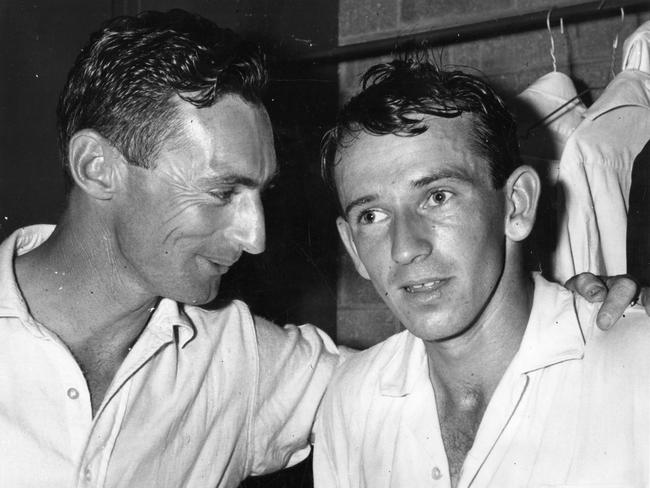
Cummins deeds created a flood positive publicity for the game but no more than Ashton Agar, who, at 19, made a stunning 98 on debut in the first Test of the 2013 Ashes series in England.
Agar became a national celebrity overnight and the search for a frenzied media to find out everything about him included an article about his brother Wes under the breathless headline “Great news: Agar has a brother who plays as well’’ as if the fifth Beatle has suddenly been found.
Former Test selector John Benaud was on a panel which made the watershed decision to blood a 22-year-old Shane Warne after fellow selector Jim Higgs said Australia needed a young spinner bowling on television to inspire future generations.
“If you lose your youth you will lose your next generation,’’ Benaud said.
“I don’t want to focus on the marketing of the game but when you bring in young faces it can really help with your marketing.
“Cricket has a lot of opponents on television now. Rugby league has never been bigger. Even horse racing is big. They are going to have 50,000 at Randwick for The Everest on Saturday. Who would have believed it?

“But you have to be careful you don’t pick youth for the sake of it. You don’t want to pick a boy who turns out to be no good when the pressure is on.’’
Benaud admits the modern world of social media is a test for young players who only have to switch on their phones to find out what the world is saying about them.
“The public is quick to get the axe out these days, particularly on social media.’’
Life at the top isn’t easy. It’s why sport loves when it’s Peter Pans fly in from nowhere and make it look that way.
More Coverage
Originally published as Australian cricket’s lost generation: Why there needs to be an influx of new stars to continue tradition



